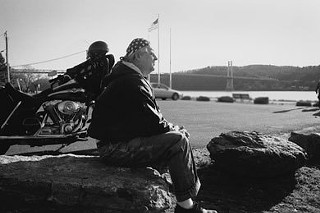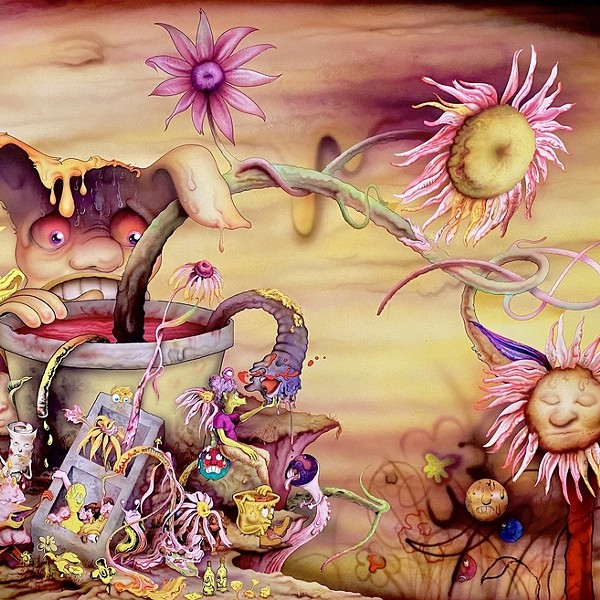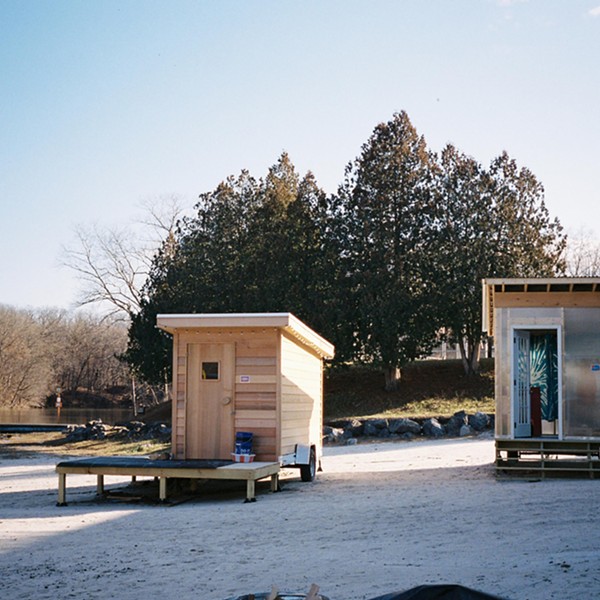Riverkeeper is also bringing its sizeable environmental clout and expertise in pollution and river protection to development plans like the Southern Waterfront Development Project in Poughkeepsie. In a review of the plans, it concluded that “the City’s proposal to transform a polluted stretch of its waterfront with a hotel, restaurants, office buildings, a public walkway, and other development could provide substantial environmental and community benefits.” But the city had side-stepped drawing up an environmental impact statement, which Riverkeeper then enforced. It’s still not good enough, though, and Riverkeeper is recommending several better pollution prevention, land use, and design strategies that would set industry precedent for environmentally sound principles.
Sharing the Smarts
Environmental education is a key component to protecting the region’s environment. Hudson River Sloop Clearwater has been teaching environmental stewardship all along the Hudson for decades. It’s especially beloved by school groups—and who wouldn’t be attracted to a classroom that’s a sailing vessel, and to the hands-on (and hands-in) field trips to the river’s edge that Clearwater sponsors? Clearwater also creates the hugely entertaining and educational Clearwater Festival each summer, and has a strong environmental advocacy and action role. One example: helping create Friends of a Clean Hudson, a coalition of national, state, and regional environmental groups that advocated for the removal of PCBs from the Hudson River. Clearwater is now helping design the remedial phase of the PCB cleanup.
Another superb educational resource is Environmental Advocates of New York. For 35 years they’ve been a wellspring of conferences and programs to upgrade the citizenry’s environmental savvy. Their Web site is a great resource, and it also highlights another primary function: action. They’ve helped create the state’s Bottle Bill, the nation’s first acid rain law, the State Environmental Quality Review Act (SEQRA), the Environmental Protection Fund, the Hudson River Estuary Management Act, the Clean Indoor Air Act, the low emission vehicle program, the 1996 Clean Water/Clean Air Bond Act, and more.
The state’s Energy Research and Development Authority (NYSERDA) has been a leader in bringing alternative energy concepts into practical use. In addition to providing educational resources, materials, and incentives to everyday citizens and to businesses, the program helps building designers make new and rehabilitated commercial, industrial, and institutional buildings more environmentally responsible and economically viable.
Locally, the Hudson Valley Sustainable Communities Network (HVSCN) has been providing education and training in environmentally healthier building practices, energy sources, and business strategies since 1996. Acting Director Melissa Everett reports that this year’s pollution prevention education will include salons on green building and renewable energy, and tours of homes and buildings in the region that showcase green design and energy usage. Trainings are being planned to help businesses reduce their use of toxics by “green chemistry”—replacing harmful ingredients in materials and products with environmentally safer ones.
Supporting a Regional Vision
A regional, integrated, environmental protection commitment is something the Hudson Valley is beginning to see. Governor Pataki and New York State agencies have created several programs to enhance economic and environmental richness together.
One is the Hudson River Valley Greenway program, created by a legislative Act in 1991 that birthed the Greenway Communities Council. The Council offers technical and financial assistance to communities that agree to certain principles of combining economic development with preservation of scenic, natural, historic, cultural, and recreational resources. Hyde Park, Athens, Lloyd, and La Grange are among those receiving grants through the program for planning or development projects. In addition, six counties (Dutchess, Westchester, Putnam, Rockland, Orange, Albany) are developing countywide compacts to serve as umbrellas to guide local development.
The DEC-administered Hudson River Estuary Program was created in 1996 to conserve natural resources, clean up pollution, and promote public use of the river and surrounding lands. The program’s five year Report Card from 2001 described an impressive list of accomplishments: over $173 million was invested in nearly 200 individual projects and initiatives to revitalize waterfronts, control and remediate pollution, preserve open space, fund the state’s Environmental Protection Fund (EPF), and much more.

















